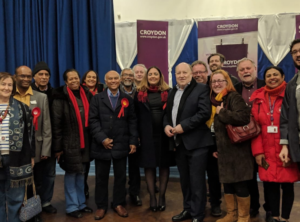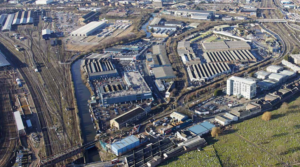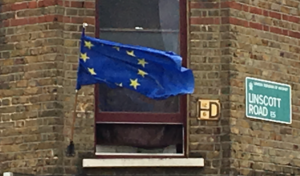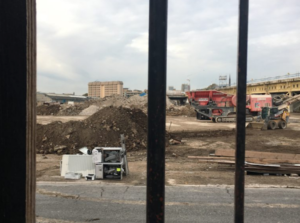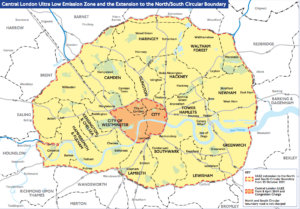Labour successfully defended a seat in the Norbury & Pollards Hill ward of the borough of Croydon in a by-election yesterday (14 March 2019). The Norbury area is a good example of the long-term swing towards Labour in the band of territory that is in neither Inner London nor the wealthy suburban fringe of Outer London – “middle London” if you will. It provided a reasonably safe Conservative ward before the early 1990s, but Labour gained it in the 1994 borough elections on the way to taking overall control of Croydon Council for the first time.
Norbury remained marginal until 2006 when Labour took a decisive lead there, despite the Conservatives regaining control of the council that year and doing well in the elections across London. Labour’s margin in this ward widened steadily in successive borough elections, and by 2014 it was a safe seat for the party. Over the same period, Croydon North has become a Labour stronghold at parliamentary level despite the party not having won a seat in the area before 1992.
Croydon was one of four boroughs that had ward boundary changes in advance of the 2018 elections. The part of the old Norbury that is north and east of the main railway line was moved into a new ward called Norbury Park. The remainder, renamed Norbury & Pollard’s Hill, is a well-defined geographical area enclosed by the borough boundary, the railway line, and a line along Strathyre Avenue. It is in the north west corner of Croydon, by the tripoint where it meets Merton and Lambeth.
Norbury bears a fair resemblance to the parts of Streatham just across the boundary. The ward is a mostly inter-war suburban district, with residential areas either side of the older buildings along London Road that form the heart of the Norbury neighbourhood. It is a predominantly middle-class area – majority (54 per cent) owner-occupied and with only 11 per cent of households renting from the council. It is comfortable, with low crime and low deprivation, and an attractive area for middle- class black and Asian Londoners. In the 2011 census Norbury was a “majority-minority” ward with 43 per cent White British, 19 per cent black and 23 per cent Asian residents. In 2019, on new boundaries, it is likely to be significantly more diverse than that.
As with other similar suburban areas, there is development pressure in Norbury and schemes for densification – the replacement of low-density housing and commercial property with blocks of flats. The local blog Norbury Watch provides a roll-call of planning applications. Other issues for this area bordering two other boroughs include a feeling of being peripheral from Croydon Town Hall and the pressure that cuts are placing on public services such as the local library and park. These sorts of issue are prevalent in Middle London (as in the Thornton ward in Lambeth, where there was also a recent by election) but the way they influence party political campaigning and voting is far from clear and direct.
The by-election was caused by the death of long-serving Labour councillor Margaret Mansell. She was part of the team that achieved that electoral breakthrough back in 1994 and had previously served a term of representing West Thornton from 1986. She was a passionate supporter for the NHS, a stalwart of the Labour Party and an active local campaigner right up to the time of her death, and will be much missed by the community.
Leila Ben-Hassel is her successor, winning a comfortable majority with 1,379 votes (64.5 per cent) compared to 324 (15.2 per cent) for her nearest competitor, Conservative Tirena Gunter. Ben-Hassel was an officer of the Croydon North constituency Labour Party without much factional allegiance to either the Progress or Momentum wings of her party. In her professional life she is a project manager working for the City of London Corporation.
There was a small net swing from Conservative to Labour (around 1.8 per cent) compared the 2018 borough elections, due to all the three parties (Labour, Conservative and Green) that contested the seat last year losing votes to the additional candidates who took part in the by-election – two Independents, a Liberal Democrat and a UKIP. It was a stable, orderly sort of result despite the violent political storms that whipped around the Palace of Westminster this week. It is comforting, at least for this analyst, to see that at least some of the normal political rules still apply – in Norbury & Pollard’s Hill, at any rate.

